Transformative Research Awards
These million-dollar research awards, HDF’s largest grants, fund collaborative research teams to create innovative ways to study new pathogenic disease mechanisms and treatment modalities in Huntington’s disease.
Announcing Our 2025 Recipient
The Huntington’s Disease Foundation is pleased to announce our $1 million 2025 Transformative Research Award recipient is Dr. Christopher Pearson from the Hospital for Sick Children (SickKids) in Toronto, Canada. Dr. Pearson will work to develop small molecules to contract the CAG repeat expansion within the HTT gene that causes Huntington’s disease (HD), encouraging the mutation to shrink below the length that leads to symptoms. The hope is to develop a treatment for HD.
Dr. Pearson is partnering with Dr. Jay Schneekloth from the National Institutes of Health’s National Cancer Institute on this project. They have also recruited a team of top-tier medicinal chemists, including Dr. Jeffery Kelly from Scripps Research Institute.
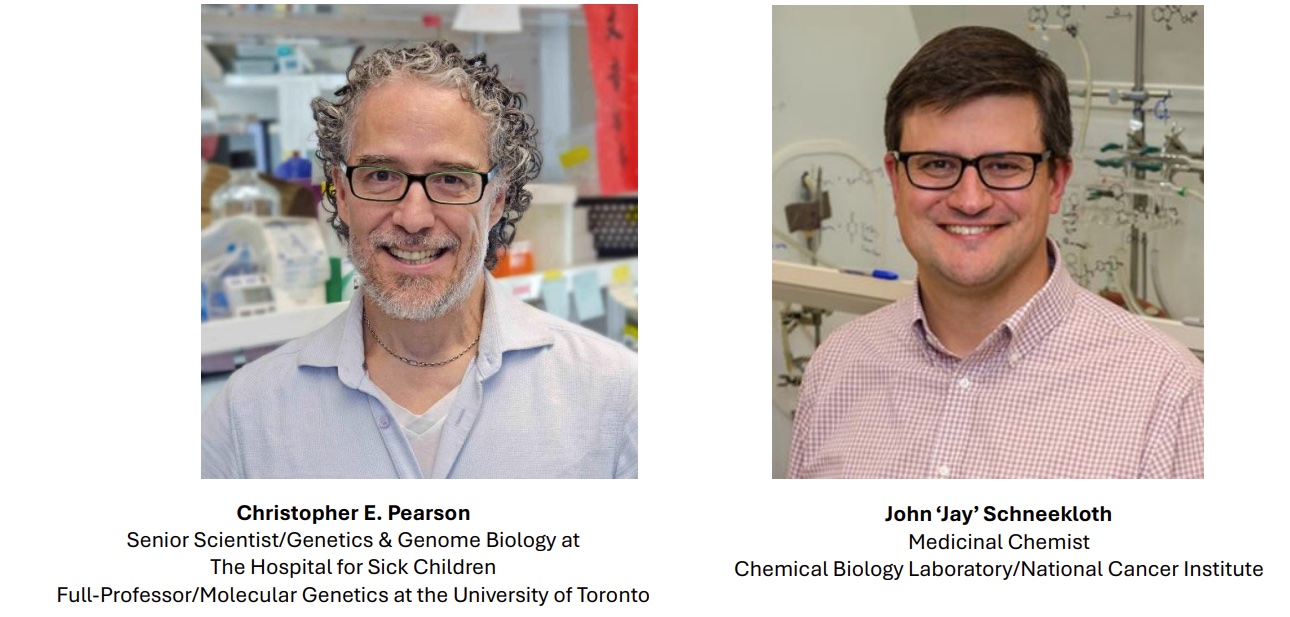
The Project: Slipped-DNA Ligands that Contract Expanded Repeats for Therapeutic Benefit
HD is caused by an expansion of the genetic letters C-A-G within the huntingtin gene. Triggering contractions of the expanded CAG repeat back towards shorter non-disease lengths in the brain would represent a transformative step for people with the HD gene, potentially delaying or even preventing the onset and progression of the disease itself.
“We are thrilled to present this award to Dr. Pearson who has demonstrated a profound commitment to Huntington’s disease research. This is the fourth Transformative Research Award presented by the Huntington’s Disease Foundation and we are confident that this award mechanism will continue to promote truly novel and exceptional research and encourage cooperation among scientists working toward treatments for HD,” says Meghan Donaldson, CEO, HDF.
Dr. Pearson is a global leader in the study of repeat expansion disorders, including HD. He has been at the forefront pioneering this field for over 30 years and was one of the first scientists to reveal how the CAG mutation, which causes HD, continues to expand in the brain over time. Dr. Schneekloth is a leader in small molecule drug discovery and RNA/DNA-binding chemistry. They will use cutting-edge screening approaches, including artificial intelligence, to identify and optimize molecules that precisely target the CAG mutation.
“I am so pleased our team was awarded these funds, which will accelerate the research we are driving to target Huntington’s disease at its root cause by reversing the disease-causing expansion and moving us towards the first potential disease-modifying therapy for HD, and possibly for other repeat expansion diseases in the future. We are committed to accelerating this work with the hopes of transforming the lives of affected families,” says Dr. Pearson.
“The approach of targeting nucleic acids directly using medicinal chemistry is gaining traction for both neurodegenerative diseases and cancer. This grant will allow us to push the limits for what is possible in developing effective treatments for Huntington’s disease,” states Dr. Schneekloth.
“The drugs being studied in this proposal are the first known approach to actually contract the expanded CAG sequence in the brain,” says Sarah Hernandez, PhD, Director of Research Programs, HDF. “Dr. Pearson is the perfect person to carry out this work. He was the first to have proof-of-concepts studies showing this is possible in mice that model HD. This research could develop desperately needed novel therapeutics.”
2024 Awards
The Huntington’s Disease Foundation is pleased to announce the recipient of our $1 million 2024 Transformative Research Award. Dr. Andrew Yoo from Washington University School of Medicine in St. Louis and Dr. Osama Al Dalahmah from Columbia University Irving Medical Center will partner on this 2-year grant to advance research on two novel molecules that have potential as therapeutic targets for Huntington’s disease (HD).
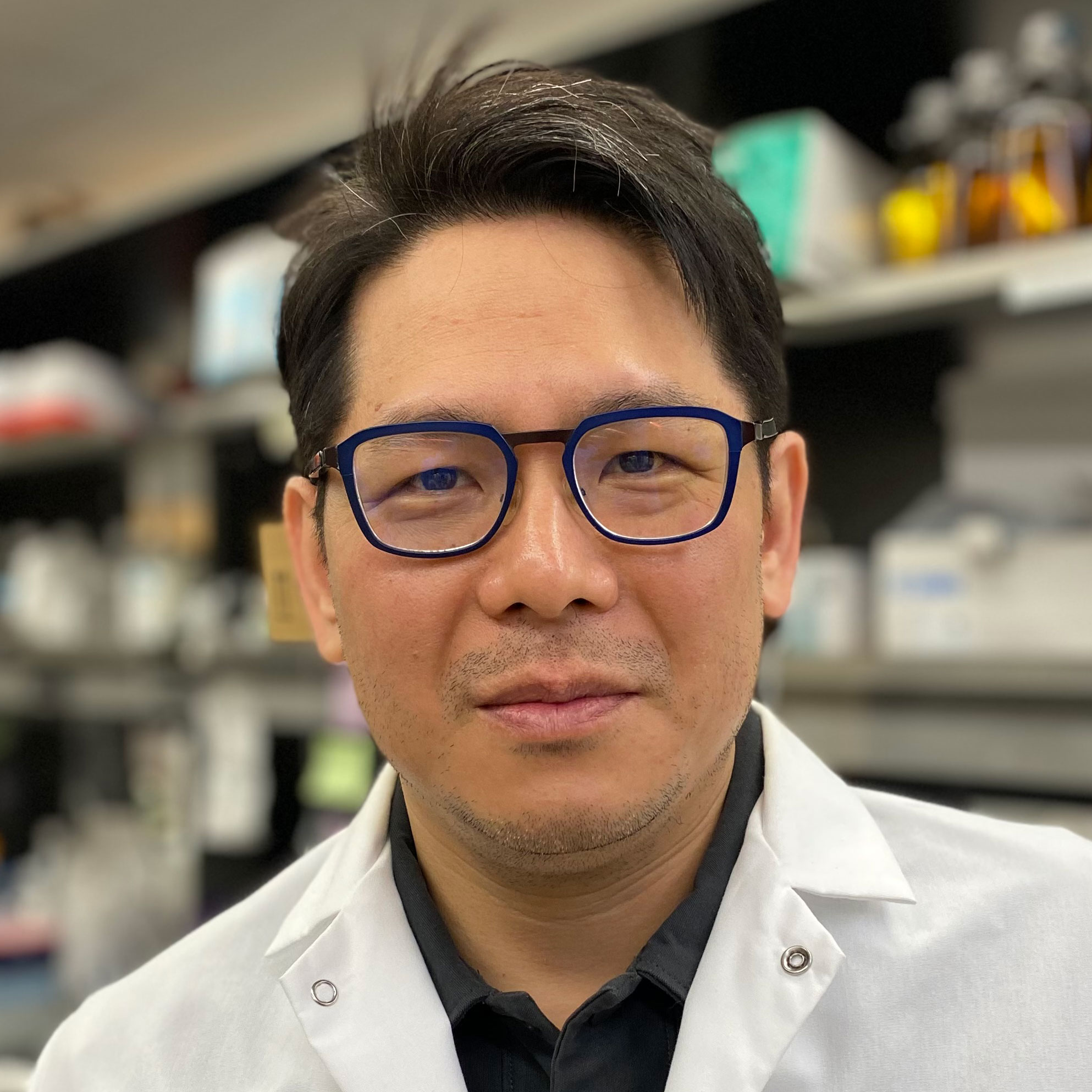
Andrew S. Yoo, PhD
Principal Investigator
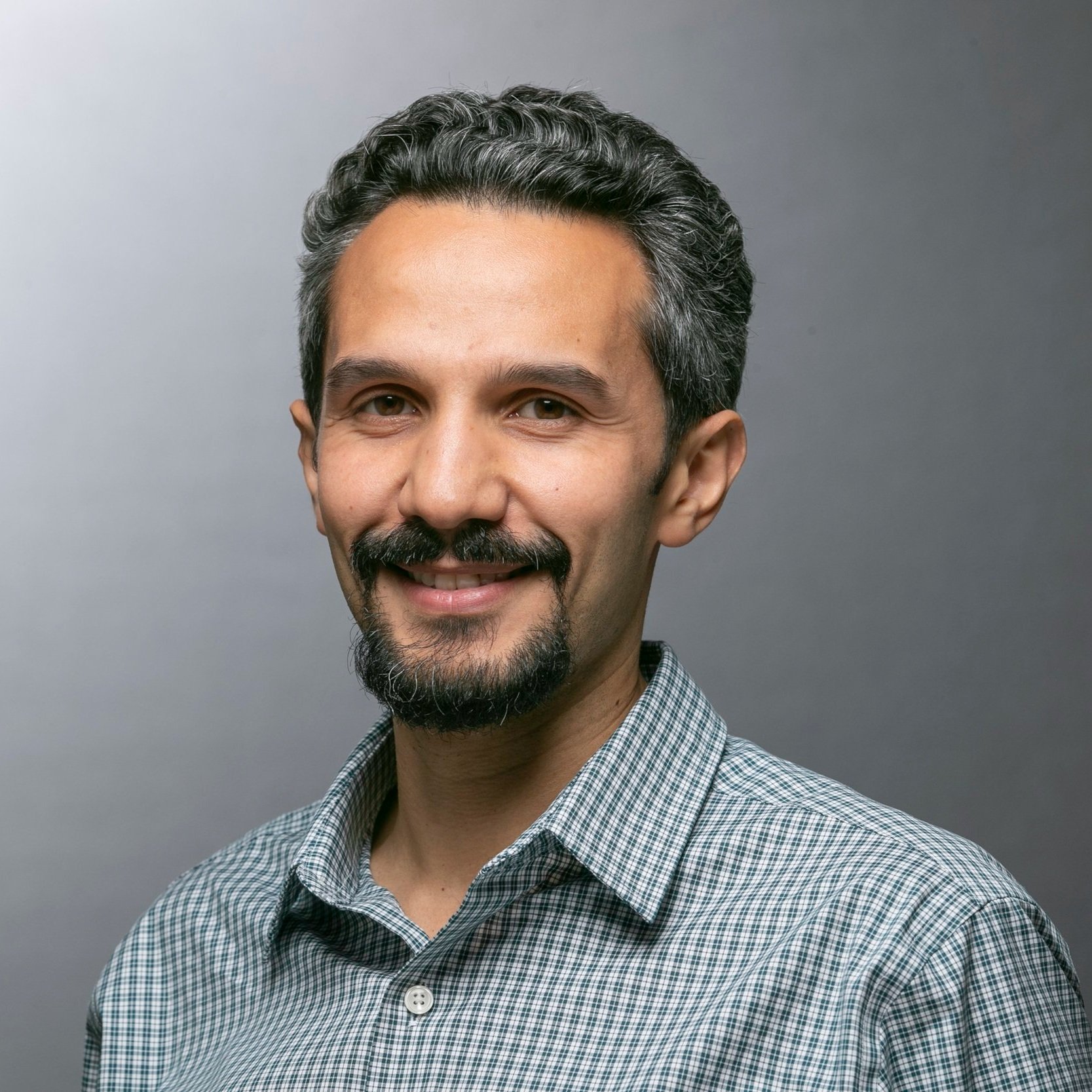
Osama Al Dalahmah, MD, PhD
Co-Investigator
The Project: Uncovering Huntington’s Disease-Associated Human-Specific Non-Coding Transcripts as Therapeutic Targets
The overall goal of this project is to test if two targets could be therapeutic options for treating HD.
Drs. Yoo and Al Dalahmah have identified bits of genetic message that are only present in people with HD. These genetic bits are called non-coding RNAs. They are pieces of genetic material that the cell never intends to turn into proteins, but they themselves perform regulatory functions throughout the cell. Two such non-coding RNAs, called HD-LINC and HINT, have been identified by the team to only be expressed in people who are symptomatic with HD, suggesting that the presence of these molecules is related to the disease itself and not just the genetic presence of the HD gene.
Drs. Yoo and Al Dalahmah have already generated data that suggests when amounts of targets are reduced, HD features of the cells grown in a dish improve, notably cell death and protein clumps associated with the disease, suggesting the presence of these non-coding RNAs is toxic to brain cells.
In this project, the team will determine if either HD-LINC or HINT have therapeutic potential as a drug target for HD by further examining these molecules in Dr. Yoo’s novel cellular system and human brain tissue obtained by Dr. Al Dalahmah. They will also assess this potential in a mouse model specifically designed to harbor these human-specific non-coding RNAs. Lastly, the team will develop antisense oligonucleotides (ASOs) that target both HD-LINC and HINT that can be advanced toward clinical trials. Ultimately, this proposal will provide go/no-go decision criteria on two non-coding RNAs that would represent a novel class of therapeutic targets for the HD space.
This transformative project approaches the problem of HD by first asking what is changed in the human condition, then uses model systems, like cells and mice, to test if those targets could be therapeutic options. Additionally, the therapeutic target of interest is entirely novel within the HD space. Most therapeutic approaches currently in clinical trials target the genetic message that causes HD. Many preclinical studies are working to target somatic expansion, the perpetual increase of the disease-causing CAG repeat within the huntingtin gene. Drs. Yoo and Al Dalahmah will focus on what stands to be a totally novel target for HD research, non-coding RNAs, advancing truly transformative research for the development of HD therapeutics.
2023 Awards
The 2023 awards were given to two all-star collaborative teams, one led by Dr. Beverly Davidson of the Children’s Hospital of Philadelphia and University of Pennsylvania, and the other led by Dr. Ricardo Mouro Pinto of Massachusetts General Hospital and Harvard Medical School. They each will receive funding of $1 million over the next two years to advance their work toward developing treatments for Huntington’s disease.
Dr. Davidson’s and Dr. Mouro Pinto’s teams each use cutting-edge methods but take different approaches to advance Huntington’s disease research and, if successful, could lead to truly transformative therapies for Huntington’s disease.
Click on the buttons to the right to read the details for each project.
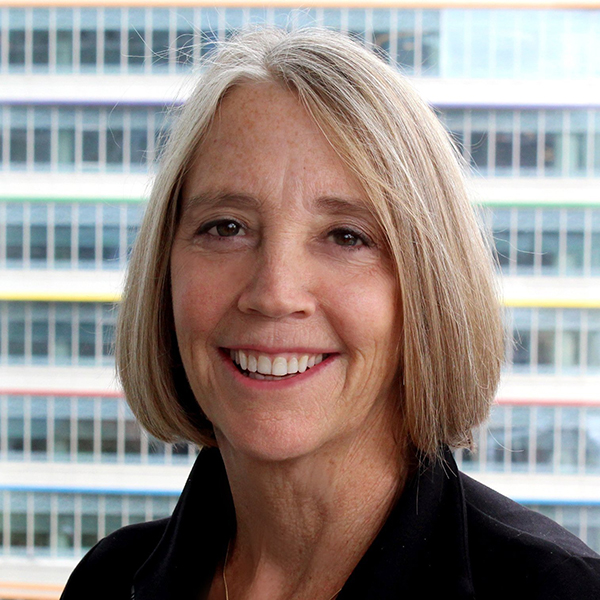
Beverly L. Davidson, PhD
Principal Investigator

Leslie M. Thompson, PhD
Co-Investigator

Jang-Ho John Cha, MD, PhD
Co-Investigator
Dr. Beverly Davidson’s Project
The Project: Translational studies on PIAS1 and MSH3 knockdown for Huntington’s disease
The team is using an adeno-associated virus (AAV) that can be injected into the brain at very small volumes and widely infect cells of the brain. This improves on current approaches that require multiple injections at larger volumes that also infect fewer cells. The team is targeting 2 proteins: MSH3 and PIAS1. MSH3 is involved in a biological phenomenon called “somatic instability,” which is the molecular stutter in the CAG repeat that causes HD to expand over time in vulnerable tissues, particularly the brain. Understanding somatic instability in Huntington’s disease has become one of the hottest topics this decade, as it’s thought to drive disease onset and progression. If it can be controlled, it’s very possible that HD could be halted. PIAS1 is involved in the degradation of the protein that causes HD. Dr. Thompson’s lab was the first to identify PIAS1 as playing a role in HD and has since collaborated with Dr. Davidson on understanding the molecular role of PIAS1 in HD biology. They have shown that by changing levels of PIAS1, mouse models of HD significantly improve.
This project seeks to inject the AAV tools that they’ve created into the brains of primates. These AAVs will change levels of MSH3 and PIAS1, allowing the research team to ask if there is therapeutic benefit in the HD model most similar to humans – primates. They will also change levels of MSH3 and PIAS1 at the same time using their AAV tool in stem cell models and mice. This will allow them to understand the synergistic effect of targeting both proteins at the same time. If successful, this approach would be a “one-and-done” treatment for HD and will directly lead to clinical trials.
Hear about the project from Drs. Davidson, Thompson and Cha themselves during our April 2024 Research Spotlight Webinar: “Developing Transformative Tools: Gene Therapy for Huntington’s Disease.”

Ricardo Mouro Pinto, PhD
Principal Investigator

James F. Gusella, PhD
Co-Investigator
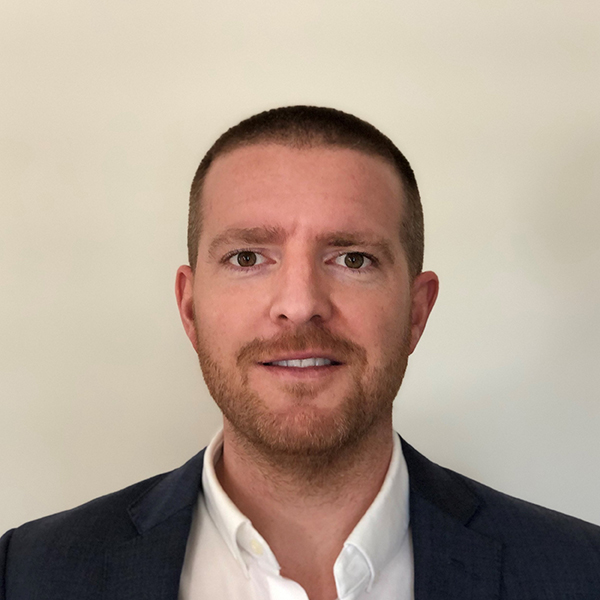
Benjamin Peter Kleinstiver, PhD
Co-Investigator
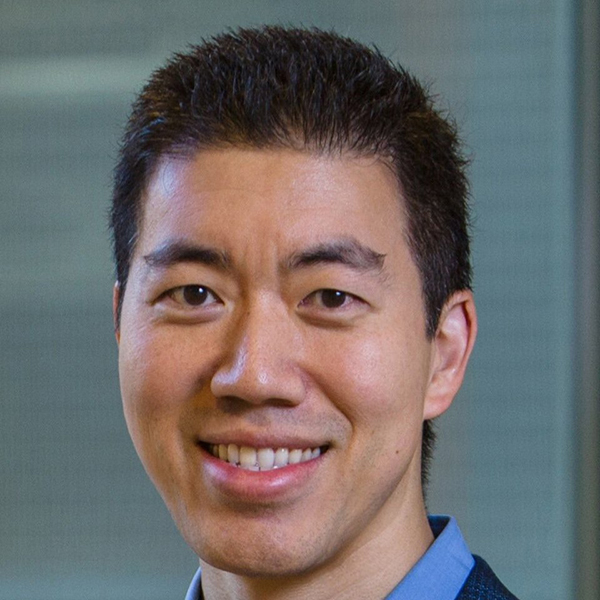
David R. Liu, PhD
Co-Investigator

Benjamin E. Deverman, PhD
Collaborator

Cathleen Lutz, PhD, MBA
Collaborator
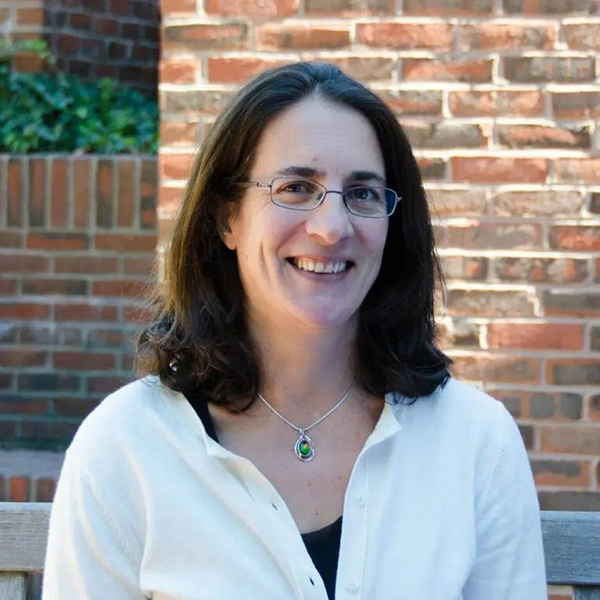
Vanessa C. Wheeler, PhD
Collaborator
Dr. Ricardo Mouro Pinto’s Project
The Project: Therapeutic targeting of somatic CAG expansions with precise CRISPR base editing
The overall goal of this proposal is to permanently halt somatic instability with a one-and-done (gene editing) approach to the brains of mice that model Huntington’s disease. The team will target genes they have identified, MLH3, MSH3, and PMS1, with known roles in somatic instability in HD. The team has strong preliminary data to support the targeting of these specific genes. Previous work by members of the team has demonstrated editing these genes won’t have negative effects, such as causing cancer. They will target these genes using AAVs that contain molecular machinery allowing for CRISPR editing of each of the genes. After mice are treated, they will be analyzed in depth to study the effects of gene editing. Additionally, experiments will be done with cells from HD patients to determine the effects of this technology in human cells.
This project develops genome editing therapeutics that target the cause of CAG repeat expansion in Huntington’s disease. If successful, this work will lead to pre-clinical studies testing the effect of altering MLH3, MSH3, and PMS1 on behavior of mice that model HD.
